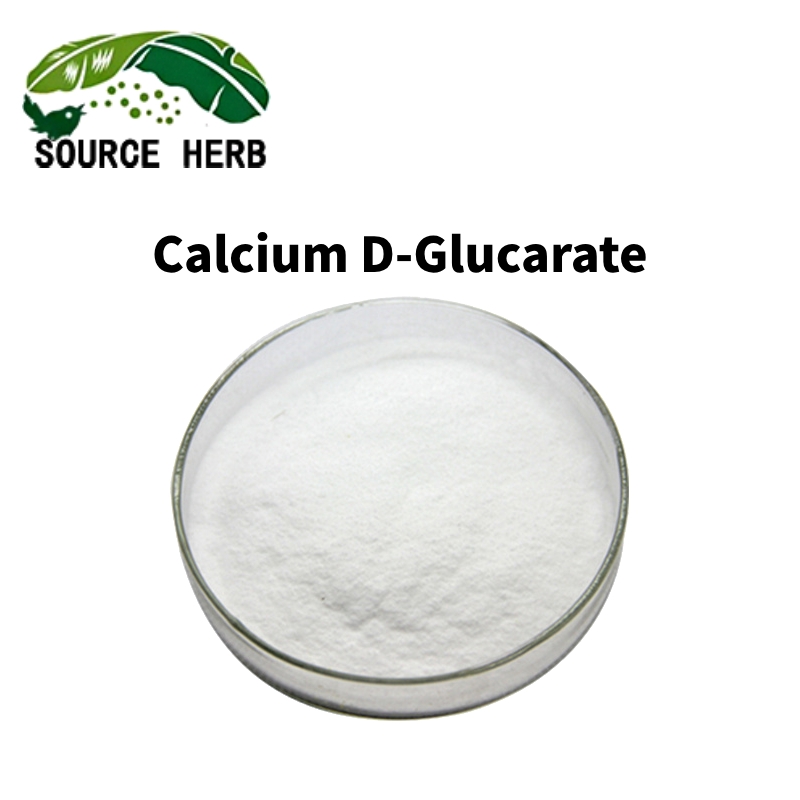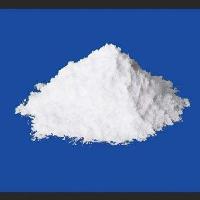-
Categories
-
Pharmaceutical Intermediates
-
Active Pharmaceutical Ingredients
-
Food Additives
- Industrial Coatings
- Agrochemicals
- Dyes and Pigments
- Surfactant
- Flavors and Fragrances
- Chemical Reagents
- Catalyst and Auxiliary
- Natural Products
- Inorganic Chemistry
-
Organic Chemistry
-
Biochemical Engineering
- Analytical Chemistry
-
Cosmetic Ingredient
- Water Treatment Chemical
-
Pharmaceutical Intermediates
Promotion
ECHEMI Mall
Wholesale
Weekly Price
Exhibition
News
-
Trade Service
Ancitabine hydrochloride is an anti-cancer drug that is used in the treatment of various types of cancer, including leukemia and lung cancer.
In the chemical industry, it is manufactured through a series of chemical reactions, which involve several intermediates and starting materials.
The production of Ancitabine hydrochloride involves both upstream and downstream products.
Upstream products refer to the raw materials and intermediates required for the production of Ancitabine hydrochloride.
These products can be further categorized into two categories: starting materials and intermediates.
The starting materials used in the production of Ancitabine hydrochloride include aniline, hydrochloric acid, and formaldehyde.
Aniline is an organic compound that is derived from the distillation of coal tar, while hydrochloric acid is a strong acid that is used for neutralizing the basic reaction mixture.
Formaldehyde is a colorless gas that is used as a building block for the synthesis of many organic compounds.
The intermediates used in the production of Ancitabine hydrochloride are the products of the chemical reactions that take place between the starting materials.
These intermediates include 4-aminocytosine, which is synthesized from aniline and formaldehyde in the presence of an acid catalyst.
The subsequent reaction between 4-aminocytosine and dimethylhydrazine leads to the formation of N-hydroxycytidine, which is then hydrolyzed to produce cytidine.
The downstream products of Ancitabine hydrochloride refer to the final product that is obtained after the completion of the manufacturing process, as well as any other products that are derived from it.
Ancitabine hydrochloride is the final product, which is a white or almost white, crystalline powder that is used in the treatment of cancer.
In addition to Ancitabine hydrochloride, there are several other downstream products that can be derived from the production of Ancitabine hydrochloride.
These include the various formulations of the drug, such as tablets, capsules, and powders for injection, which are designed to facilitate the delivery of the drug to the patient.
These formulations can be further improved through the use of various excipients, such as binders, fillers, and lubricants, which are added to the drug to improve its properties and stability.
Another downstream product that can be derived from the production of Ancitabine hydrochloride is the process of drug discovery and development.
The development of new drugs is an ongoing process that involves the discovery of new compounds with improved therapeutic properties, as well as the optimization of existing drugs to improve their efficacy and safety.
The process of drug discovery and development involves various stages, including drug design, synthesis, screening, and preclinical and clinical trials.
The development of Ancitabine hydrochloride involved several stages of drug discovery, including the identification of the target molecule, the synthesis of the drug, and the testing of its therapeutic properties.
The development of Ancitabine hydrochloride was a significant achievement in the field of oncology, as it represented the first successful use of a compound that targeted the metabolism of cancer cells.
In conclusion, the production of Ancitabine hydrochloride involves both upstream and downstream products.
Upstream products include the starting materials and intermediates required for the production of the drug, while downstream products include the final product and various formulations and derivatives that are derived from it.
The development of Ancitabine hydrochloride was a significant achievement in the field of oncology, and it represents an important step in the ongoing process of drug discovery and development.







